LED flood lights vs HID flood lights. Which are better for outdoor usage?
Using flood lights is an ideal way to provide illumination for outdoor areas such as tennis courts, football stadiums, playgrounds, etc. For a long time, people have been mainly using HID (high-intensity discharge) lamps. Usually, it’s the MH (metal halide) sub-category solutions that have lit area for sporting events and other activities in need of a highly illuminated territory. But today, we see more people switching to LED technology because LED-powered flood lights have become much more powerful, enabling to blaze fields of even bigger sports arenas with light. In this blog post, we’ll do a quick, yet comprehensive comparison of LED and HID flood lights to see why people have made the switch, besides the reason that LEDs are an interesting novelty.
Save the energy, save the nature!
One of the main advantages of LED flood lights is their contribution to energy savings. Research has shown that you can save anywhere between 65-80 percent when opting for LED flood lights. And the energy-friendliness gets an additional ‘green boost’ from the fact that there’s less overall waste being produced when using the light-emitting diode technology.
LED lasts longer!
Did you know that HID flood lights might deteriorate at least 65% after burning for more than 9,000 hours? If the lights are being used in the Northern hemisphere where the winters are long and dark, then this might turn out to be a major concern when picking between different options. 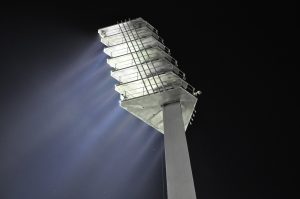 LED starts to slowly dim, but HID flood lights might lose their power and burn out abruptly. Many light system owners have noticed that they had to replace HID flood lights a few times during one season, but LED solutions lasted throughout the season, sometimes even extending into the next. Furthermore, LEDs have another perk in addition to the durability. Most HID flood lights have to warm up for 15-30 seconds after you turn them on. This might come as a significant delay when using these lights during performances and shows, where timing is crucial. Conversely, LED lights have an instantaneous turn-on technology, which won’t cause any problems even if time is of the essence.
LED starts to slowly dim, but HID flood lights might lose their power and burn out abruptly. Many light system owners have noticed that they had to replace HID flood lights a few times during one season, but LED solutions lasted throughout the season, sometimes even extending into the next. Furthermore, LEDs have another perk in addition to the durability. Most HID flood lights have to warm up for 15-30 seconds after you turn them on. This might come as a significant delay when using these lights during performances and shows, where timing is crucial. Conversely, LED lights have an instantaneous turn-on technology, which won’t cause any problems even if time is of the essence.
Emissions are important too!
When we compare the emissions between LED and HID flood lights, we can quickly discover that LED lights are more efficient as they produce a relatively narrow spectrum of visible lights. In other words, LED bulbs don’t give out a lot of pointless radiation like UV (ultraviolet) or IR (infrared) rays. HID lights, on the other hand, produce a significant amount of both UV and IR radiation, which isn’t really useful to us. According to experts, some HID light emissions might be made up of about 30% of infrared radiation. And this makes these lamps utterly useless, since the goal of using them is to have efficient and bright outdoor lighting.
What’s the big takeaway?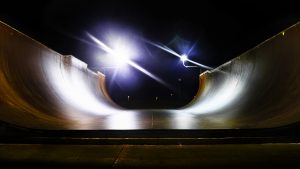
Clearly, LED lighting comes out as the winner in the match between LED and HID flood lights. The key findings are that LED lights are more environmentally friendly, last longer, and has a more efficient light output without emitting useless radiation. The only downside of LED flood lights might be that the nature of LEDs doesn’t allow for as tightly focused beam as it is for HID technologies. But even this might be countered with the constantly emerging of new and improved LED products being put on the market and available for us to buy.

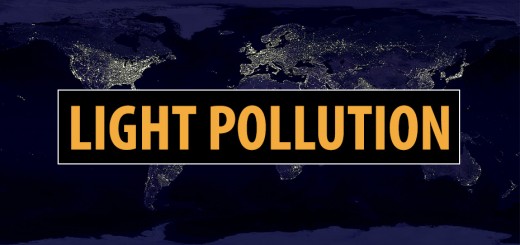
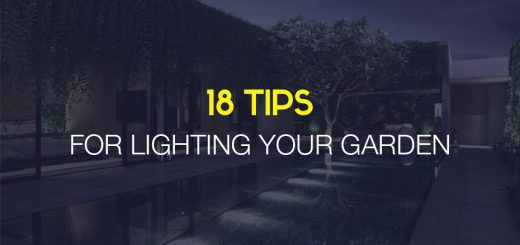
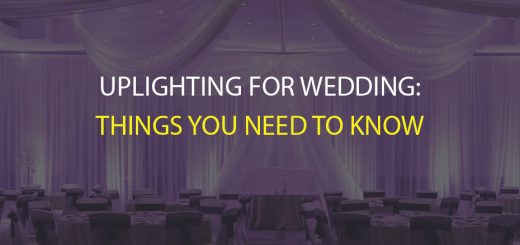
Arthur, I appreciate having found your review writings on Solar LED lighting. We are looking to illuminate a rectangle that is 60W x 120L and home to 4 PickleBall courts – think ping pong on a badminton size court over a 34″ high net using paddles and whiffle balls. My question is which and how many — of the Solar powered LED flood light that you have reviewed — would you recommend for our layout for evening play? Could something like the Micro Solar do the job if place at a decent height? The area is fenced with a height of 10′. OR do we need something more commercial with a higher placement?
Thanks in advance for any thoughts or suggestions.
Hi Charlie, thanks for visiting LEDwatcher.
As this is a sports court and you are using it for training (maybe even events), the lighting must be ideal so it doesn’t interfere with your game, especially in such technical sports as badminton, tennis and pickleball (which is somewhat similar as I understand).
You could potentially light it up with solar flood lights, but I would definitely recommend looking for a professional lighting company near you that either sells commercial led solar lighting products or have a specialist that can go to the court and recommend the best solution for your situation. Not only the lighting should be powerful enough, but also the height and placement must be correct in order to provide the best illumination in all areas of the sports field.
Hope this helped you at least a bit.
Regards,
Arthur
Arthur, sorry for the delayed response. I have reached out to professionals in the field, The first response from Denver Parks and Rec is mixed. I am waiting on some other responses for guidance on the commercial installation front. Thanks for taking the time, Charlie
Thanks Charlie. Hope you find the best lighting solution for your situation.
Regards,
Arthur.